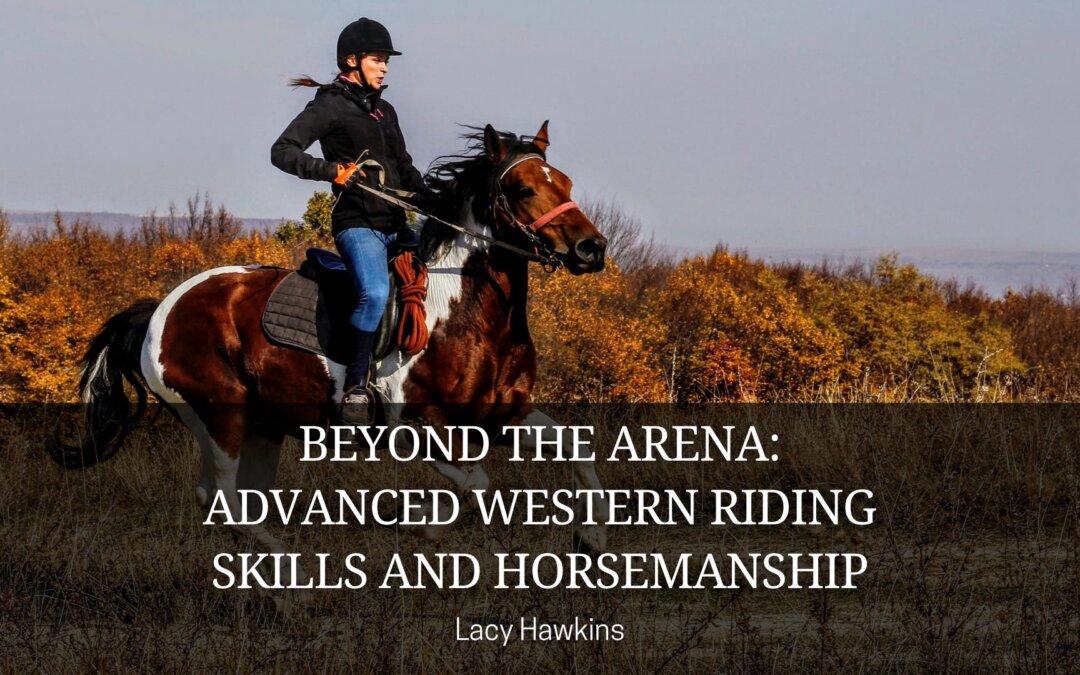Western horseback riding is a fascinating and popular style that originated from the working ranches of the American West. It showcases a strong bond between horse and rider and offers a variety of disciplines and activities. In this blog post, we will introduce you to Western riding, explore its key elements, and delve into the advanced skills and horsemanship involved.
Western riding is all about the partnership between the rider and the horse. It emphasizes clear communication and trust. You might be familiar with the iconic Western saddle, which provides stability and comfort during long rides. Western riding includes different disciplines like reining, cutting, roping, trail riding, and barrel racing, each with its own set of specialized skills.
One important aspect of Western riding is horsemanship. It goes beyond riding and focuses on caring for and understanding the horse. Horsemanship involves building a solid foundation, both on the ground and in the saddle. Advanced horsemanship skills include effective communication, understanding horse behavior, and creating a harmonious partnership.
As you progress in Western riding, you’ll learn to refine your skills and develop a more advanced seat and feel. You’ll master different gaits like the walk, jog, and lope, with precise control and smooth transitions. Advanced riders can communicate subtle cues through their seat, legs, and hands, allowing for intricate maneuvers and precise control of the horse’s movement.
Reining is a popular Western discipline that demonstrates the highest level of communication and precision between horse and rider. It involves a series of patterns and maneuvers, such as spins, stops, lead changes, and sliding stops. Reining showcases the ultimate partnership and skill.
Outside of the arena, Western riders can explore vast landscapes and enjoy trail riding. It’s a great way to experience nature and the freedom of horseback riding. Advanced trail riding skills include navigating challenging terrain, crossing obstacles, and maintaining control and focus in different environments.
Western riders can also engage in working cattle, which connects to the roots of this style of riding. Activities like ranch sorting, team penning, and cutting demonstrate the horse’s ability to herd and separate cattle. These disciplines require advanced horsemanship, quick thinking, and excellent communication between rider and horse.
In conclusion, Western horseback riding is a captivating discipline that emphasizes communication, partnership, and horsemanship. From the precision of reining to the excitement of working cattle and the serenity of trail riding, Western riding offers a wide range of activities for everyone. Whether you’re a beginner or an experienced rider, exploring the world of Western riding will deepen your connection with horses and open up a world of adventure and horsemanship.
